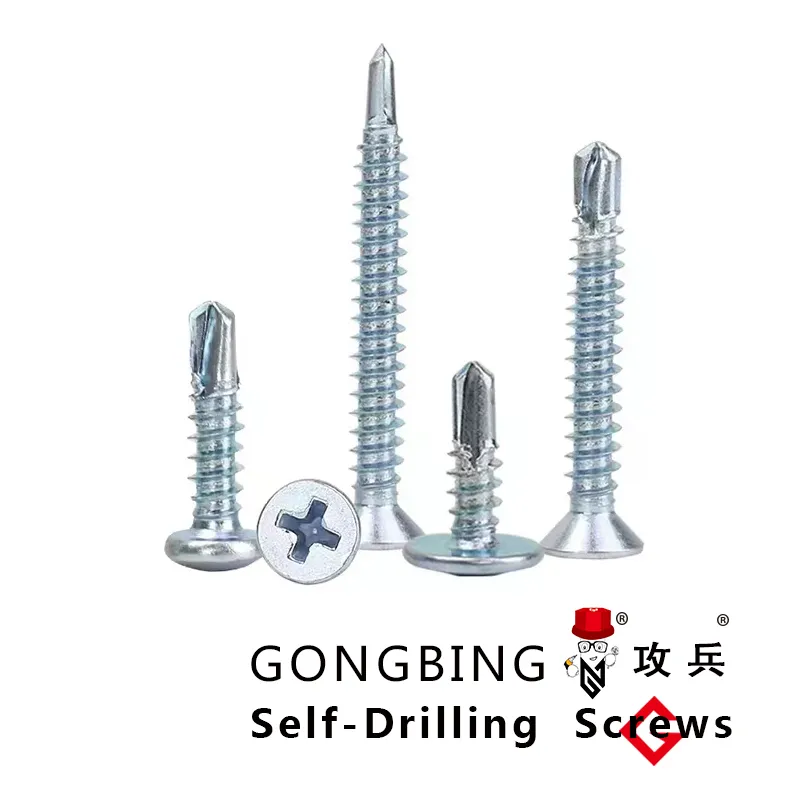Installation of Anchor Bolts in Concrete Foundations for Structural Support
The Importance of Anchor Bolts in Concrete Footings
Anchor bolts play a critical role in the stability and security of various structures, particularly when embedded in concrete footings. They are designed to connect the structural elements of a building or infrastructure to concrete, providing the necessary anchorage to transfer loads and withstand environmental forces. Understanding the importance of anchor bolts in concrete footings is essential for engineers, builders, and anyone involved in construction or maintenance.
What Are Anchor Bolts?
Anchor bolts are metal rods that are used to anchor structures to a concrete base. Typically made of steel, these bolts come in various shapes and sizes, including L-shaped, straight, or bent forms, depending on the requirements of the application. They are embedded in concrete footings to provide a firm and stable grounding for a variety of structures, including buildings, bridges, and towers.
The Function of Anchor Bolts
The primary function of anchor bolts is to secure structures against various forces, including tension, shear, and lateral loads. For instance, in seismic zones, they help resist the forces generated by earthquakes, while in windy areas, they counteract uplift forces caused by strong winds. By providing a reliable connection between the structure and its foundation, anchor bolts ensure that buildings remain stable and safe.
In addition to load transfer, anchor bolts also help in maintaining the overall integrity of the structure. They prevent unwanted movement or shifting that could compromise the building's design. This is particularly important in tall buildings, where even minor movements can lead to significant issues.
Types of Anchor Bolts
There are several types of anchor bolts used in concrete footings, each designed for specific applications. The most common types include
1. Epoxy-Coated Anchor Bolts These bolts are coated with epoxy to protect them from corrosion, making them ideal for outdoor applications or environments exposed to moisture.
2. Expansion Anchor Bolts These bolts expand upon installation to grip the concrete firmly, making them suitable for heavy load applications.
3. Mechanical Anchor Bolts These have a mechanical system, such as a wedge, to anchor them securely in concrete. They are often used in high-stress environments.
anchor bolts in concrete footings

4. Cast-in-Place Anchor Bolts These are placed into the concrete footing during the pouring process, ensuring a strong bond with the concrete.
Each type of anchor bolt has specific installation techniques and load capacities, making it crucial to choose the correct type for each project.
Installation Process
The installation process of anchor bolts in concrete footings is critical to ensuring their effectiveness. The following steps outline the typical procedure
1. Site Preparation Before pouring concrete, the area must be prepared, including excavation and grading to establish a solid foundation.
2. Positioning Anchor bolts must be accurately positioned according to the structural design. Use templates or jigs to maintain alignment and spacing during the pouring of the concrete.
3. Pouring Concrete The concrete is poured around the anchor bolts, ensuring that they are encapsulated properly to form a secure bond.
4. Curing Allow the concrete to cure fully before applying any loads to the structure. This can take several days, depending on the concrete mix and environmental factors.
5. Verification After curing, the position and integrity of the anchor bolts should be verified before proceeding with the construction of the structure.
Conclusion
Anchor bolts are a vital component of concrete footings, ensuring the stability and safety of structures across various applications. Their ability to withstand loads and provide a secure connection to the foundation is essential, particularly in areas subject to environmental forces. By understanding the types of anchor bolts available, their functions, and best practices for installation, builders can enhance the longevity and safety of their constructions. As technology and materials continue to evolve, further innovations in anchor bolt design and application will undoubtedly improve structural integrity in construction projects worldwide.
-
Weatherproof Plastic Expansion Anchors for OutdoorAktualnościJun.06,2025
-
Sustainability in the Supply Chain: Eco-Friendly TEK Screws ProductionAktualnościJun.06,2025
-
Load-Bearing Capacity of External Insulation FixingsAktualnościJun.06,2025
-
Double Head Bolts: Enhancing Efficiency in Industrial MachineryAktualnościJun.06,2025
-
Corrosion Resistance in Chipboard Screws: Coatings for Wholesale DurabilityAktualnościJun.06,2025
-
Butterfly Toggle Bolts : Enhancing Structural ResilienceAktualnościJun.06,2025
